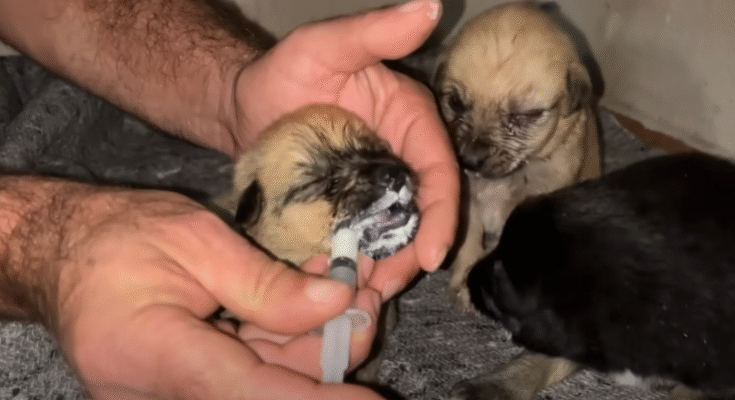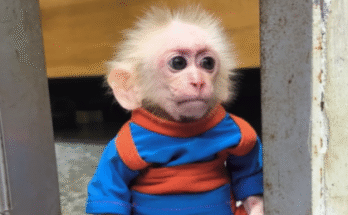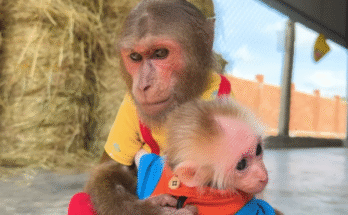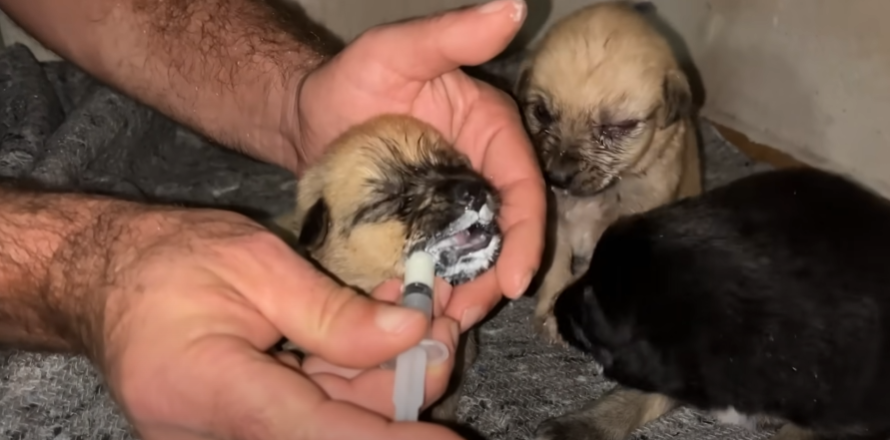
It was a day I will never forget. The sun had just risen, casting a soft golden light over the neighborhood, but the calm morning could not have prepared me for what we were about to find. My team and I were responding to a call about abandoned puppies in distress. The message was vague, but when we arrived at the site, the scene that unfolded was far worse than I could have imagined.
Lying in a small, makeshift shelter, barely a few meters from the edge of the street, were a litter of puppies. At first glance, they looked like any other newborn puppies — fragile, small, and trembling. But as we drew closer, a horrifying sight made our hearts sink: worms were crawling all over their bodies. Tiny, wriggling larvae had infested every visible patch of skin. Their soft fur was matted, the smell of decay strong in the air, and the sight was almost unbearable to witness.
One puppy, in particular, caught our attention. Its eyes were partially closed, and there was a raw, oozing area around the sockets. Upon closer inspection, we realized the unimaginable — larvae had burrowed into the puppy’s eyes, consuming the soft tissue. The pain and suffering this little creature had endured were beyond comprehension. I felt a knot in my stomach, but there was no time to waste in despair. We had to act immediately.
We gently picked up the puppies, wrapping them in soft blankets to prevent further exposure and movement of the larvae. Every touch had to be careful; their skin was so delicate and weak that even the slightest pressure could harm them. My hands trembled as I held the worst-affected puppy, feeling the tiny body shiver violently. It was alive, but barely.
At the rescue center, we immediately separated the infected puppies from the healthier ones to prevent cross-contamination. I could not stop staring at the puppy whose eyes had been destroyed by the larvae. Its remaining sight was uncertain, and the infection was severe. A veterinarian quickly joined us, assessing the situation. “This is one of the worst cases of parasitic infestation I have ever seen,” he said gravely. “The larvae feed aggressively on soft tissue, and the fact that it has reached the eyes indicates the infestation has been present for days, if not weeks.”
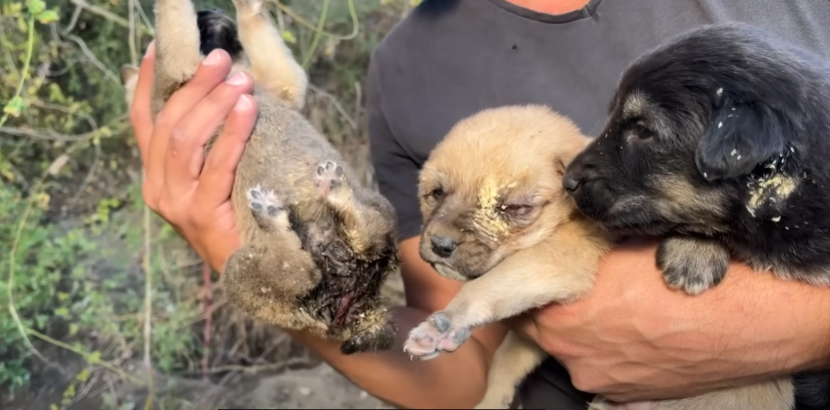
The first step was to stabilize the puppies. They were weak, dehydrated, and malnourished. Feeding tiny amounts of an electrolyte solution helped them regain some strength, but their bodies were exhausted from fighting infection and parasite infestation. Next came the painstaking process of removing the worms. Using sterile tools and under the guidance of the vet, we began to carefully extract the larvae one by one. It was slow, meticulous, and emotionally draining. Every wriggling worm that came out was a reminder of the puppy’s immense suffering, but it was also a step toward saving its life.
The puppy with the eye damage required immediate surgery. The vet explained that some of the eyes might be salvageable, but the larvae had caused irreversible damage in one eye. “We can try to save what’s left, but the trauma has been severe,” he warned. I nodded silently, trying to prepare myself for the possibility of losing its vision entirely.
During the procedure, I held the puppy gently, whispering calming words. I couldn’t imagine the fear it had experienced — abandoned, weak, and infested by parasites in a world that had not shown it any mercy. But now, in this small, sterile room, we could offer it hope, medicine, and care.
As the worms were removed, I noticed that the puppies slowly started to respond to gentle feeding. Even the weakest ones began to lift their heads, seeking warmth and comfort. It was miraculous, seeing life cling so stubbornly in the face of such suffering. The vet praised their resilience. “Dogs are incredible creatures,” he said. “Even after this level of trauma, many of them will survive if treated promptly and carefully.”
The road to recovery would be long. The puppies needed daily care, medicated baths, antibiotics, and special feeding regimens to restore their health. But the most emotional challenge was watching the puppy with the eye infection. Its remaining eye was still vulnerable, and we had to protect it from further damage while giving it a chance to heal.
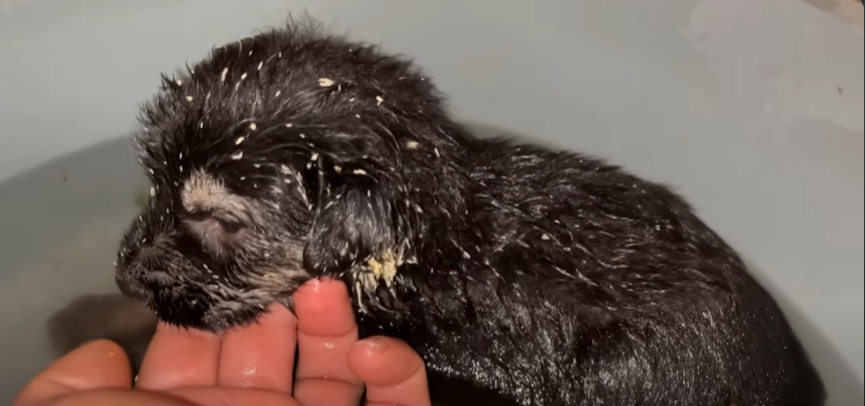
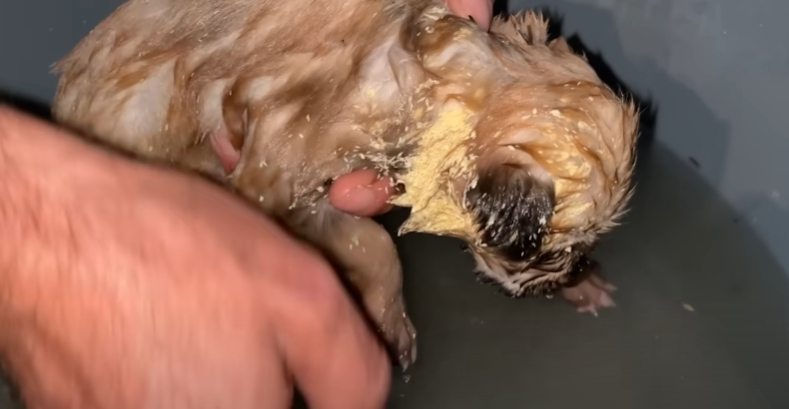
As we cleaned the puppies, I could not help but reflect on the cruelty and neglect they had endured. How could someone leave them to suffer like this? How could anyone fail to notice or care about the agony these tiny creatures were in? But dwelling on anger would not help them. Instead, we focused on action — on love, care, and recovery.
Days turned into weeks, and the recovery process was both beautiful and heart-wrenching. The puppies slowly regained weight, their fur began to shine again, and their playful energy returned. The puppy whose eyes had been attacked by larvae adapted remarkably well. Despite losing vision in one eye, it learned to navigate the world with astonishing agility and resilience. It would stumble occasionally, but it would also find warmth, play with its siblings, and respond to human care with trust and affection.
This experience left an indelible mark on me. Witnessing such suffering is painful, but seeing recovery is profoundly uplifting. It reminded me of the fragility and strength of life — how a creature so small can endure so much, and how care, patience, and compassion can transform despair into hope.
We shared the story of these puppies with the local community, hoping to raise awareness about the dangers of parasitic infections, neglect, and abandonment. Many were inspired to support the rescue efforts, donate food, or volunteer their time. Awareness, education, and action can prevent such tragedies from happening again.
By the end of the month, the puppies were thriving. They had gained weight, their fur was soft, and they were playful and affectionate. The little puppy who had suffered the eye damage had adapted beautifully, showing remarkable courage and resilience. Watching it navigate its environment and play with its siblings was a profound reminder of life’s determination.
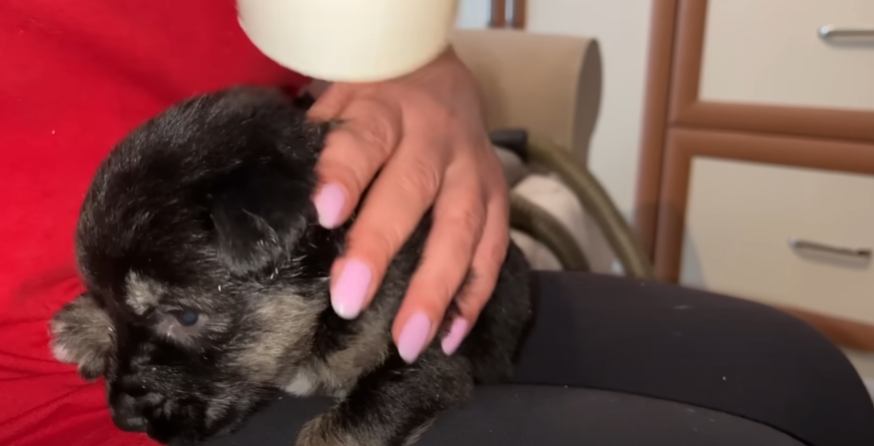
This rescue mission taught us many lessons — the power of compassion, the importance of quick action, and the resilience of life. It also reminded us of our responsibility to the vulnerable, to those who cannot speak or defend themselves. Puppies like these rely entirely on human intervention for survival, and every act of care, no matter how small, can be the difference between life and death.
I often think about those first moments, picking up the puppies with worms crawling over them, feeling the weight of suffering in my hands. It was horrifying, but it was also the moment when hope began — hope that life could be saved, pain could be eased, and love could transform the unimaginable into something beautiful.
Every time I see the recovered puppies playing, chasing each other, or snuggling together for warmth, I am reminded why rescue work is so important. Their journey from suffering to recovery is a testament to resilience, the power of care, and the incredible impact humans can have when they choose to act with empathy.
Through this experience, I learned that even the smallest creatures can endure unimaginable pain, but with attention, love, and care, they can flourish. These puppies, once infested with worms and on the brink of death, now live happy, playful lives. Their story is a call to action — to rescue, to protect, and to cherish life in all its forms.
Abandoned, infested, and broken, they could have been lost. But together, through immediate action, careful treatment, and unwavering compassion, we were able to give them a second chance. It is a story of darkness turned into light, despair into hope, and suffering into resilience.
Life is fragile, but it is also incredibly strong. These puppies are proof of that. And as we continue our rescue work, we carry their story forward — a reminder that no act of care is too small and no life too insignificant to save.
